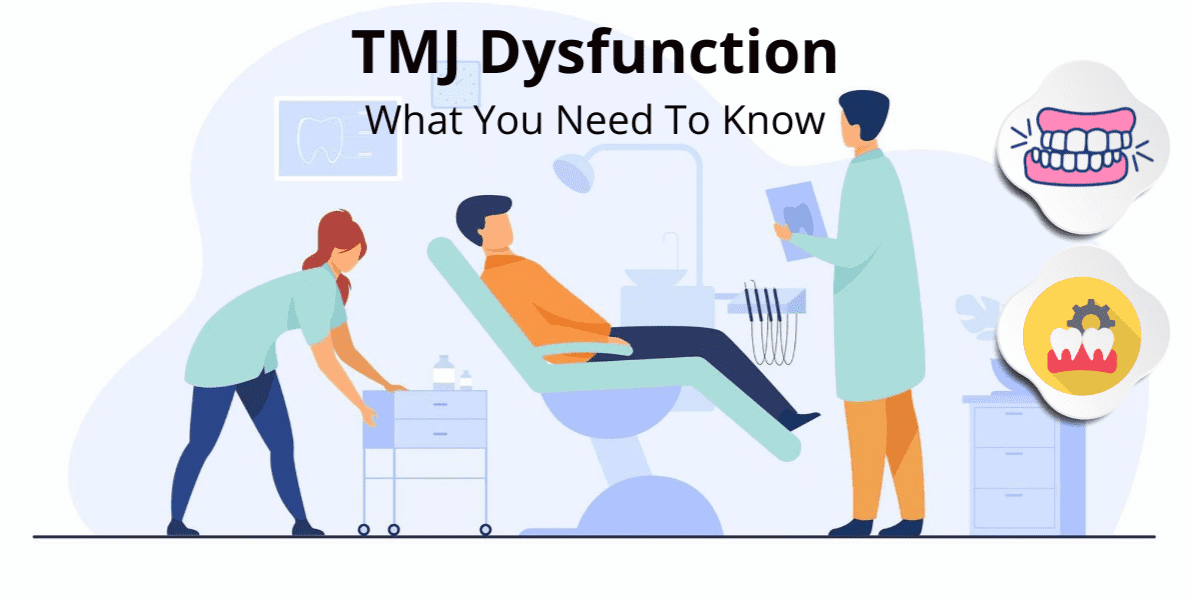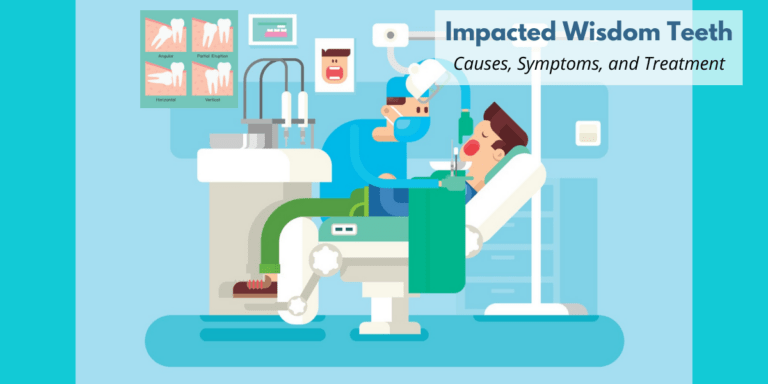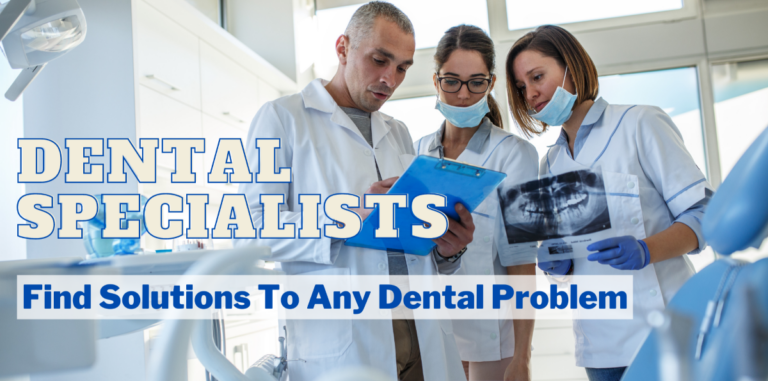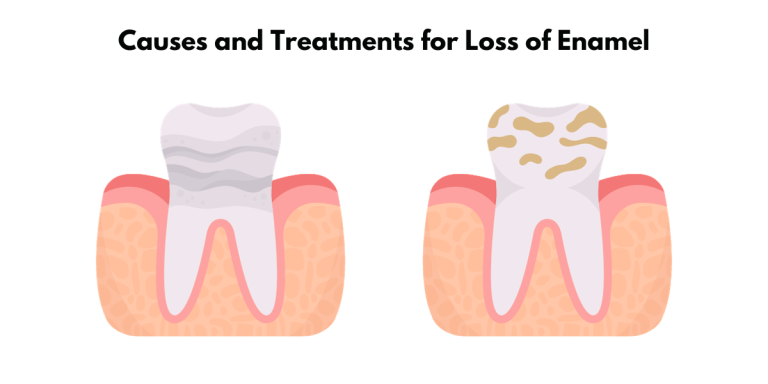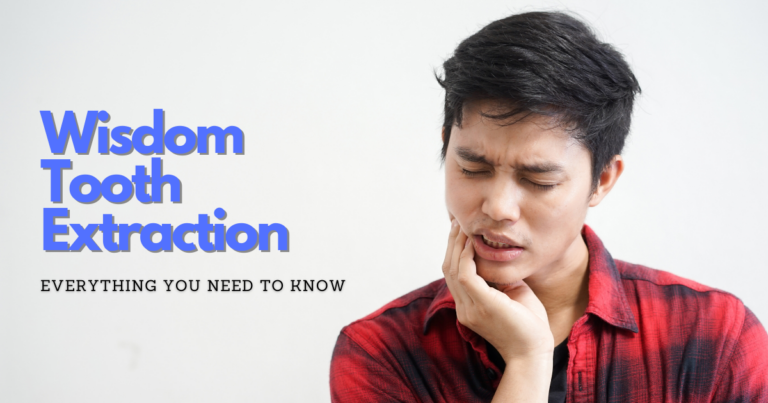What are the symptoms, causes, and treatment for Temporomandibular Joint Dysfunction
Temporomandibular Joint Dysfunction
Jaw pain can be a sign of several different dental issues, such as toothaches, temporomandibular joint disorder (TMJ Disorder), or even something more serious. If you are experiencing jaw pain, it is important to visit your dentist to determine the cause and receive treatment.
Temporomandibular Joint Dysfunction (TMD) is a condition that often leads to jaw pain. The pain can be caused by a number of things, such as clenching your teeth, grinding them, or injuries to the jaw. In most cases, TMD can be treated with conservative methods like lifestyle changes and physical therapy.
What is TMD
TMJ, also known as TMD, is a condition that affects the temporomandibular joint. This joint is located in front of the ear and connects the jawbone to the skull. TMJ dysfunction occurs when muscles and ligaments become inflamed or irritated. The most common symptoms are pain in the jaw, neck, and shoulders; difficulty opening your mouth wide; clicking or popping noises when you open your mouth, and headaches. There is no one-size-fits-all treatment for TMJ dysfunction, but some common treatments include pain relief medications, physical therapy, braces or orthotics, and surgery.
Chronic facial pain can often be the result of Temporomandibular Joint Dysfunction, which is a disorder of the jaw, temporomandibular joints, and the nerves associated with chronic facial pain. This dysfunction can cause symptoms such as headaches, neck pain, and earaches. The causes of TMD are not yet fully understood, but it is thought that they could be due to problems with the muscles or joints in the jaw, trauma to the jaw, or misalignment of the teeth. Treatment for TMD can involve physiotherapy, pain relief, and in some cases surgery.
Temporomandibular Joint Dysfunction (TMD) is a condition that affects the joint that connects the jawbone to the skull. This joint is responsible for many functions, such as chewing, speaking, and yawning. The most common form of TMD is Myofascial pain, which is when the muscles around the jaw are sore. Internal derangement of the joint is another form of TMD, which is when the cartilage and other tissues within the joint are damaged. This can lead to pain, clicking, and popping of the jaw. The treatment for TMD depends on the form that it takes. Myofascial pain can often be treated with ice, massage, and exercises. Internal derangement may require surgery.
There are three types of TMD: displaced jaw, disproportionate injury to the condyle, and ankylosis. The most common symptom is pain in the temporomandibular joint, followed by clicking or popping sounds. You can usually self-treat mild cases of TMD with over-the-counter medications or home remedies. If the pain doesn’t go away or gets worse, see your doctor for treatment.
Temporomandibular joint dysfunction (TMD) is a condition that affects the temporomandibular joints, which are the two joints that connect your lower jaw to your skull. There are many potential causes of TMD, including:
- Joint disease: Osteoarthritis or rheumatoid arthritis
- Multiple conditions can coexist, such as chronic pain syndrome, migraines, and sleep apnea
- Trauma to the jaw, such as a fracture
- Clenching or grinding your teeth (bruxism)
- Dental problems, such as tooth decay or a missing tooth
Temporomandibular joint dysfunction, or TMD, is a disorder of the jaw muscles and joints. It is also called temporomandibular joint syndrome (TMJS) or just TMJ.
TMJ dysfunction most often occurs when the muscles and ligaments around the joint become inflamed or irritated. This can cause chronic facial pain, headaches, and problems with chewing.
There are several different types of TMD, each with its own symptoms and causes. The most common type is myofascial pain, which is a pain in the muscles that control jaw movement. Other types include internal derangement of the joint (a problem with the way the ball-and-socket joint works), displaced jaw (when the lower jaw shifts out of alignment), and disproportionate injury to the condyle (the bone that forms the hinge on which the lower jaw moves).
TMD can be caused by a number of things, including arthritis, infection, dental problems, or stress. It can also be a side effect of some medications.
Who has TMD
TMD, or temporomandibular joint disorder, is a condition that affects the joints that hinge your jaw. It can cause pain and discomfort in the jaw area, as well as headaches, popping noises, and other symptoms. If you are experiencing any of these signs or symptoms, it is important to see a dentist or doctor who can help you get relief.
TMJ, or temporomandibular joint disorder, is a minor problem that your dentist can do in their office. If you have no history of TMJ but your jaws are locked, your dentist may use arthrocentesis to unlock them.
There are three types of surgery for TMD: a minor procedure, major surgery, and the last resort option of a third opinion. The first two surgeries will be done with general anesthesia and the patient will be asleep. The surgeon will then insert needles into your joint and wash it out. If these procedures do not work, you may need to have the third surgery which is more invasive and has a longer recovery time.
Arthroscopy is an operation that may remove inflamed tissue or realign the disc or joint. Depending on the cause of TMD, arthroscopy may not be possible. However, arthroscopy does not have major complications and the recovery time is short.
What causes TMD
There are many different causes of TMD, the most common being problems with the jaw or joint. Symptoms can arise from an injury to the jaw, joint, or muscles of the head and neck. Some common causes of TMJ disorder are grinding or clenching teeth, movement of the soft cushion between the joints, arthritis in the joint, and stress that causes muscle contraction.
Bruxism is the habitual clenching or grinding of teeth. The main cause may be an excessive strain on jaw joints and muscles, but trauma to the jaw, the head, or the neck can also cause TMD.
There are many potential causes of TMD pain. Some people may experience pain because of arthritis in the jaw joint. In other cases, the disks that cushion the jaw joint may become displaced, leading to pain. Additionally, other painful medical conditions such as fibromyalgia or irritable bowel syndrome may overlap with or worsen the pain of TMD.
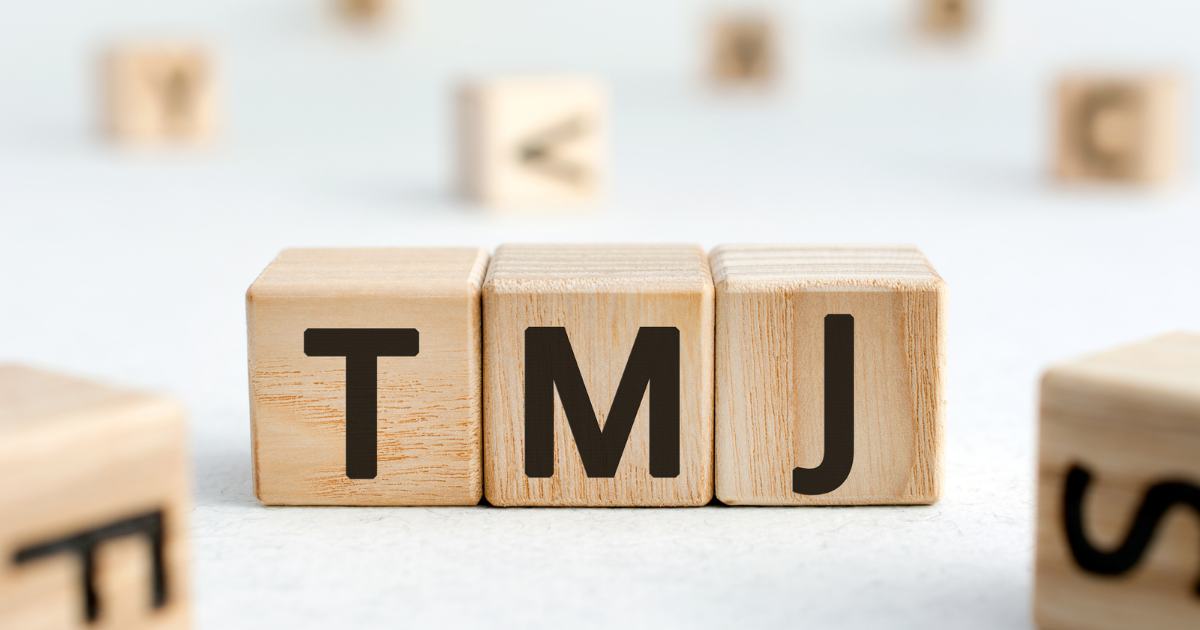
Temporomandibular joint dysfunction diagnosis
Temporomandibular Joint Dysfunction (TMJ) is a condition that affects the joint that connects the lower jaw to the skull. This joint allows people to talk and chew comfortably and is the most constantly used joint in the body. TMJ can be caused by a variety of things, including minor problems like teeth clenching and grinding that often occur as a result of emotional stress or anxiety. It can also be caused by more serious issues, such as arthritis or an injury to the jaw. Symptoms of TMJ include pain in the jaw, neck, and shoulders; headaches; difficulty opening your mouth wide; clicking or popping noises when you open your mouth; and toothaches. There are a number of treatment options available for TMJ, including pain relief medications, mouth guards to prevent teeth clenching and grinding, and physical therapy.
Temporomandibular joint dysfunction, or TMJD, is a condition that affects the temporomandibular joint, which is the hinge that connects the lower jaw to the skull. If trauma occurs in this area- such as from a fall or sports injury- rapid shearing of the joint may take place and can require treatment if left untreated. TMJD is diagnosed based on a patient’s symptoms, which can include pain, clicking/popping noises when opening and closing the mouth, and difficulty chewing. Treatment options vary depending on the severity of the condition but may include oral appliances, medication, and physical therapy.
If you are experiencing any of the following symptoms, you may have Temporomandibular Joint Dysfunction: clicking, popping, or rough crackling when the jaw moves; pain or discomfort in the jaw joint area; difficulty opening your mouth wide; headaches; neck and shoulder pain. Your doctor will do a physical examination to check for the range of motion in your jaw joint and look for areas that are tender to touch. The doctor may also ask about your stress levels and how you cope with them.
The doctor will ask you about your habits such as clenching teeth, chewing gum, etc. to get an idea of what might be causing the problem. They will also check your bite for any signs of lost teeth or unusual tooth placement. In some cases, x-rays may be needed to check the bones around the joint for abnormalities.

What are the symptoms of TMD?
TMJ, or temporomandibular joint disorder, is a condition characterized by pain and dysfunction in the jaw joint. The symptoms can vary significantly from person to person, but some of the most common are difficulty opening and closing the mouth, jaw pain, jaw fatigue, earaches or ringing in the ear, unexplained headaches, and popping/clicking of joints with pain. If you are experiencing any of these symptoms, it is important to see a doctor for diagnosis and treatment.
The symptoms of TMD can be mistaken for other conditions or medical problems, so it is important to see a dentist or doctor for a diagnosis. The most common symptoms of TMD are a pain in the face, shoulder, neck, back, and/or jaw.
Temporomandibular joint dysfunction causes
The temporomandibular joint (TMJ) is the joint that is located in the mouth and jaw. It connects the lower jawbone to the skull. TMJ disorders are very common and can cause a variety of symptoms, including teeth clenching and grinding, headaches, neck pain, and minor problems like earache or tinnitus. The causes of TMJ disorders vary but can include emotional stress or anxiety, physical trauma or injury to the jaw area, poor posture, or repetitive motions. Treatment for TMJ disorder depends on the underlying cause.
Temporomandibular joint dysfunction, or TMJD, is a condition that can cause pain in the jaw, temples, and face. The main symptom of TMJD is difficulty opening the mouth fully. Other symptoms include pain, tenderness in the jaw, and a clicking or popping sensation. If left untreated, rapid shearing of the TMJ may occur and require treatment.
Disc displacement
The lower head of the lateral pterygoid contracts during mouth closure. This muscle is often tender to palpation. There is a tear in the back of the joint capsule, where the articular disc may be displaced forwards (anterior disc displacement).
Temporomandibular joint dysfunction is a condition that can be caused by various factors, one of which is disc displacement. As a biologic compensatory mechanism, the lower head tries to fill this role, hence abnormal muscle activity during mouth closure. There is some evidence that anterior disc displacement is present in a proportion of TMD cases. Anterior disc displacement with reduction refers to the abnormal forward movement of the disc during the opening which reduces upon closing.
Degenerative joint disease
TMJ disorders are a category of conditions that affect the temporomandibular joint (TMJ), which is the hinge that connects your jaw to your skull. The most common symptom of TMJ disorder is pain, but it can also cause problems with biting, chewing and speaking. The cause of TMJ disorder is often difficult to determine but may include factors such as genetics, trauma, or stress.
Temporomandibular joint dysfunction, more commonly referred to as TMJ disorders, is a group of conditions that can cause pain in the jaw joint and muscles that control chewing. The good news is that most TMJ disorders are temporary and can be relieved with some self-management or nonsurgical treatments. If those measures fail, surgery may be recommended as a last resort. Keep in mind that not everyone who has surgery will experience relief from their symptoms.
Psychosocial factors
Psychosocial factors play a significant role in temporomandibular disorders (TMDs). Research has shown that mood disorders, anxiety, and fatigue are all associated with TMD. Additionally, cognitive behavioral therapy (CBT) has been shown to be an effective treatment for TMD by meta-analyses.
Temporomandibular joint dysfunction (TMD) is a condition that can cause pain in the jaw, face, and neck. While there is no definitive treatment for TMD, some people have found relief through hypnosis. Cognitive-behavioral therapy and hypnosis are two methods that have been shown to be more beneficial than occlusal splint therapy.
Temporomandibular joint dysfunction (TMD) is a condition that is still not fully understood. However, there are some known psychosocial factors that may contribute to the development and persistence of TMD symptoms. It has been suggested that TMD involves increased sensitivity to external stimuli, leading to an increased sympathetic response. This can lead to pain and discomfort in the jaw area. However, studies have shown that relaxation techniques are comparable with traditional TMJ treatments in terms of reducing sympathetic activity and improving patient outcomes.
Genetic factors
There are several risk factors for developing a TMJ disorder, including poor posture in the neck and upper back muscles, increased stress levels, and a genetic predisposition. Additionally, TMJ disorders are most commonly found in women aged 18-44 who also suffer from other chronic inflammatory arthritis conditions. The cause of TMJ syndrome is still being researched, but it is believed that misalignment of the teeth or jaw may play a role, as well as any previous trauma to the area.
The National Institute of Dental and Craniofacial Research (NIDCR) has been studying the genetic factors associated with temporomandibular joint dysfunction (TMJ syndrome). So far, they have identified a group of risk factors that increase the likelihood of developing TMJ syndrome. This information will help us better understand the onset and progression of TMJ syndrome in healthy individuals.
Temporomandibular joint dysfunction (TMJ) is a condition that affects the jaw joint. The cause of TMJ is not fully understood, but there are many risk factors for the condition. People with increased sensitivity to pain are more likely to develop TMJ syndrome.
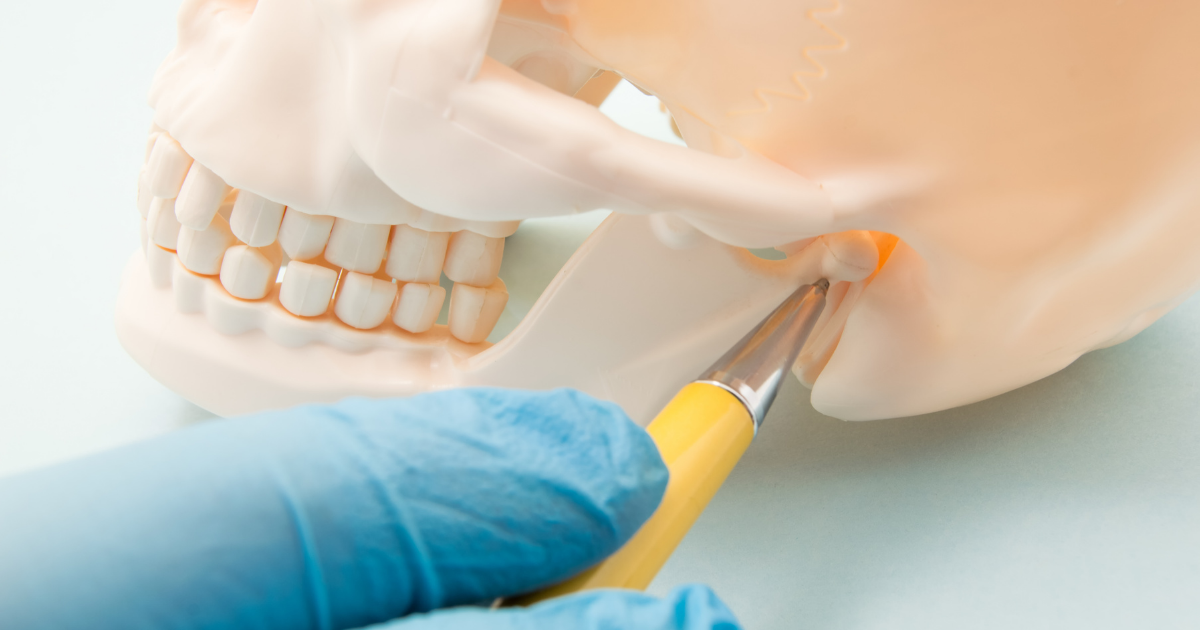
Management and Treatment
There is no definitive answer for the management and treatment of temporomandibular joint dysfunction (TMD). However, there are a few general guidelines that can be followed. Patient education is often recommended, as many people with TMD do not realize they have it. In addition, jaw rest, a soft diet, moist warm compresses, and passive stretching exercises may help to relieve symptoms. Some people find that TMJ immobilization (such as with a mouth guard) provides relief; however, this approach has been shown to be ineffective and may even worsen symptoms.
There is evidence that physical therapy can be beneficial for people suffering from TMD symptoms. In addition, treatment of any underlying comorbid conditions will increase the likelihood of success. Finally, acupuncture is becoming an increasingly popular treatment for TMDs.Temporomandibular joint dysfunction, or TMD, is a condition that can cause pain in the jaw and face. The symptoms of TMD include scissor opening with fingers, clicking or popping sound when moving the jaw, and restricted movement. Iontophoresis, electrotherapy, and low-level laser therapy are all used to manage TMDs. A session typically lasts 15 to 30 minutes, and 6 to 8 sessions are typical for effective treatment.
Temporomandibular joint dysfunction can be caused by a number of factors such as genetics, arthritis, and injury. The symptoms can vary in severity from person to person but may include pain, clicking or popping sounds, difficulty chewing, and headaches. There are a few different treatment options available depending on the cause of the dysfunction. Two systematic reviews have suggested that acupuncture is a reasonable adjunctive treatment for short-term analgesia in patients with painful TMD symptoms. The Cochrane review supports the use of cognitive behavior therapy and biofeedback in both short- and long-term pain management for patients with symptomatic TMD when compared with usual management. Patients should be counseled on behavior modifications such as stress reduction, sleep hygiene, parafunctional habits, and avoidance of extreme mandibular movement.
- Comprehensive Guide to Pediatric Dental Care: Expert Tips for Ensuring Optimal Oral Health in Children - February 3, 2025
- Poor Teeth Enamel: Unveil Causes and Treatments for Loss of Enamel or Enamel Hypoplasia - January 12, 2024
- The Best Toothpaste for Bad Breath: Which Toothpaste is the Best for Fresh Breath? - December 6, 2023

